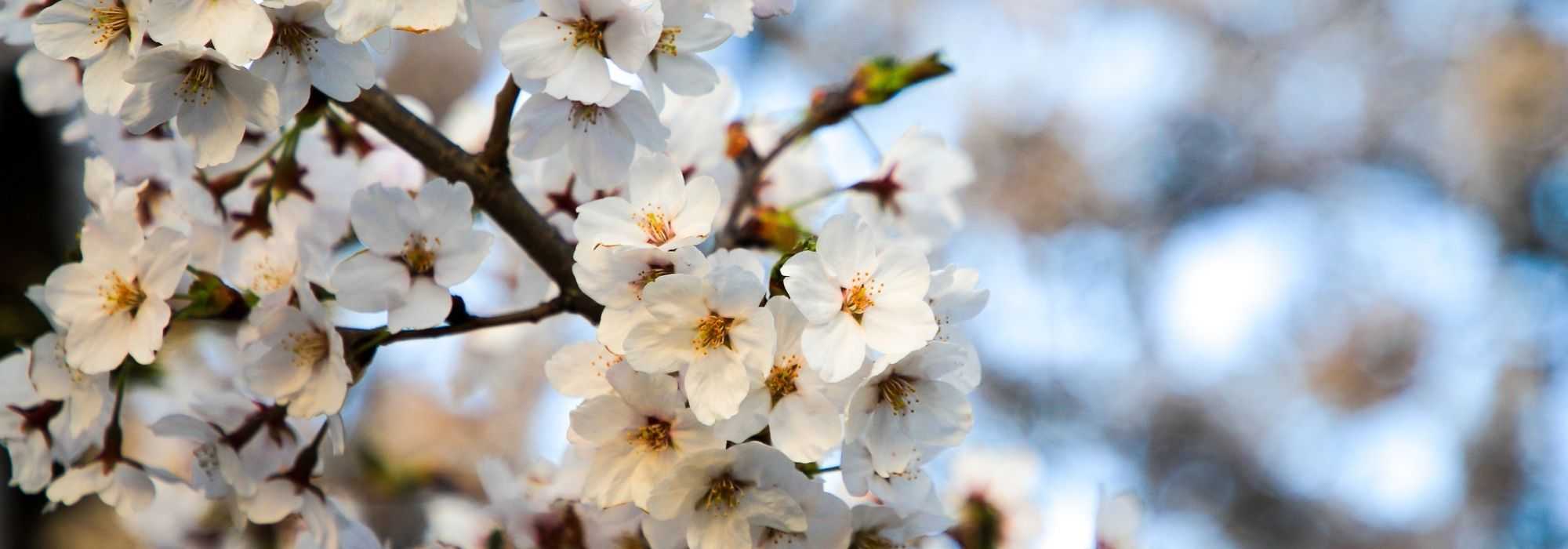
Growing a Japanese cherry tree in a pot
Our tips for successful planting and maintenance
Contents
The Japanese cherries (Prunus) or flowering cherries offer a stunning white or pink spring flowering. The single or double flowers poetically herald the end of winter and bring a true touch of delicacy to the garden.
They hold an important place in Japanese culture, symbolising, among other things, ephemeral beauty.
Devoid of fruit, they are ornamental bushes with multiple aesthetic advantages. In addition to the flowering, they are adorned with deciduous foliage that changes colour with the seasons, and their bark is often decorative.
While the larger varieties can exceed ten metres and should be grown in the ground, others, including more compact or dwarf varieties, are well-suited for pot cultivation. They will thus enhance terraces, balconies, or small gardens.
Find our tips for choosing suitable varieties, successfully planting, and properly maintaining a Japanese cherry in a pot.
Which varieties of Japanese cherry tree are best for pot cultivation?
For pot cultivation, opt for small-sized Japanese cherry varieties with compact habits.
Consider, for example:
- Prunus incisa ‘Yamadei’, a dwarf Japanese cherry that does not exceed 2 metres in all directions, featuring beautiful immaculate white flowering
- Prunus glandulosa ‘Alba Plena’, one of the less common double-flowered varieties, measuring 1.5 metres in all directions
- Prunus incisa ‘Kojo No Mai’, another beautifully twisted dwarf variety with pale pink flowering, not exceeding 2.5 metres in height
- Prunus nipponica ‘Brillant’, measuring 2.5 metres in height and 1.5 metres in spread, offering delicate pink flowers with darker centres
- Prunus glandulosa ‘Rosea Plena’, with a compact habit not exceeding 1.5 metres in all directions and charming pink pompom flowers
- Prunus incisa ‘Paean’, whose unobtrusive silhouette reaches a maximum of 2 metres and features flowering that combines light pink and bright pink
Conversely, avoid larger varieties with excessive growth (from 2.5 or 3 metres in height), as they will not be suitable for container cultivation.
Note that some varieties are also well-suited for bonsai cultivation, such as ‘Kojo No Mai’ due to its twisted silhouette and slow growth.

Prunus incisa ‘Yamadei’ (photo Wikipedia), Prunus incisa ‘Kojo No Mai’ and Prunus glandulosa ‘Alba Plena’
When to plant a Japanese cherry tree in a pot?
Japanese cherry trees should ideally be planted:
- in autumn between October and November, before the first frosts, to encourage rooting
- in spring between February and April depending on the regions
Plants with bare roots should be potted as soon as possible after purchase, to prevent any drying out of the roots.
Discover other Prunus
View all →Available in 5 sizes
Available in 1 sizes
Available in 1 sizes
Available in 1 sizes
Available in 1 sizes
Available in 1 sizes
Available in 1 sizes
Available in 1 sizes
Available in 1 sizes
Available in 3 sizes
Planting a Japanese cherry tree in a pot
The Container
For your flowering cherry tree, choose a container that is at least 40 cm deep and wide. A large trough or bowl will be ideal.
In terms of materials, you can opt for plastic (cheaper, but less eco-friendly and prone to extreme climates), wood (natural, but requiring regular maintenance), or ceramic (aesthetic and porous, but more expensive and fragile).
Always choose a perforated container to allow excess water to escape without risking root rot for the bush.
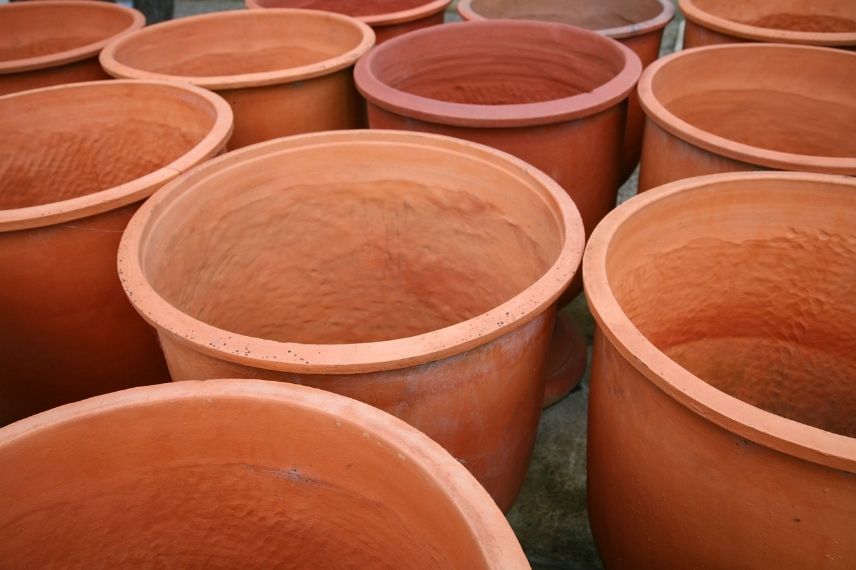
Large terracotta pots
The Substrate
The Japanese cherry tree prefers rich, well-drained soils. It dislikes moisture, especially in winter.
For the substrate, mix:
- half garden soil
- half compost for shrubs or, if unavailable, compost for planters and pots
- a few handfuls of sand to promote drainage
- a few handfuls of well-matured kitchen compost (optional if the compost is already rich enough)
Planting
- Install a drainage layer of about 5 cm thick at the bottom of the container: gravel, clay balls, pumice, terracotta shards, …
- Plant the root ball or roots of the bush in the centre of the container, then fill in with the substrate without burying the collar (the part between the root system and the stem).
- Gently press down with your fingers.
- Water generously.
- Mulch to limit evaporation and prevent the growth of adventives (“weeds”).
Exposure
The Japanese cherry tree enjoys sunny situations, but not scorching ones, to bloom well. In the hottest regions, a semi-shaded position will be acceptable.
Choose a location sheltered from heavy rain, wind, and cold drafts, which can harm flowering and damage the foliage.
Care for the Japanese cherry tree or flowering cherry in a pot
Watering
Any plant grown in a pot will require more attention regarding watering than a plant in the ground. The substrate tends to evaporate and dry out more quickly.
The Japanese cherry tree prefers soil that remains cool (moist), but not waterlogged.
Thus, water as soon as the substrate becomes dry in the top few centimetres. Throughout the growing season, water regularly about once a week, or twice in the case of prolonged summer drought.
Mulching at the base of the bush will help limit evaporation and space out watering.
Fertilisation
The Japanese cherry tree does not require regular fertiliser applications. However, in pots, the substrate tends to deplete more quickly than in the ground. To prevent the plant from lacking nutrients, you can add a few handfuls of well-decomposed compost in autumn.
If necessary, make a regular additional application of special bush fertiliser or fertiliser for containers and pots, to support flowering.
Pruning
Except for removing dead wood, damaged branches, or to rebalance a wobbly shape, pruning is not necessary for Japanese cherry trees.
If it is carried out, it should be light and done after flowering, at the end of summer or very early autumn.
To avoid weakening the bush and promoting the development of diseases, always clean cutting tools beforehand with black soap or 70°C alcohol. You can also apply healing paste on the wounds after pruning to seal them.
Diseases
Flowering cherries are susceptible to the same diseases as fruiting cherries (fungal diseases such as moniliosis, shot hole disease, or armillaria). Good exposure, no excessive pruning, and particular attention to the substrate, which should never remain waterlogged, help to prevent these issues as much as possible.
Against aphids or scale insects that attack the foliage, spray a mixture of water and black soap (2 tablespoons per 1 L) in the late afternoon on the affected parts.
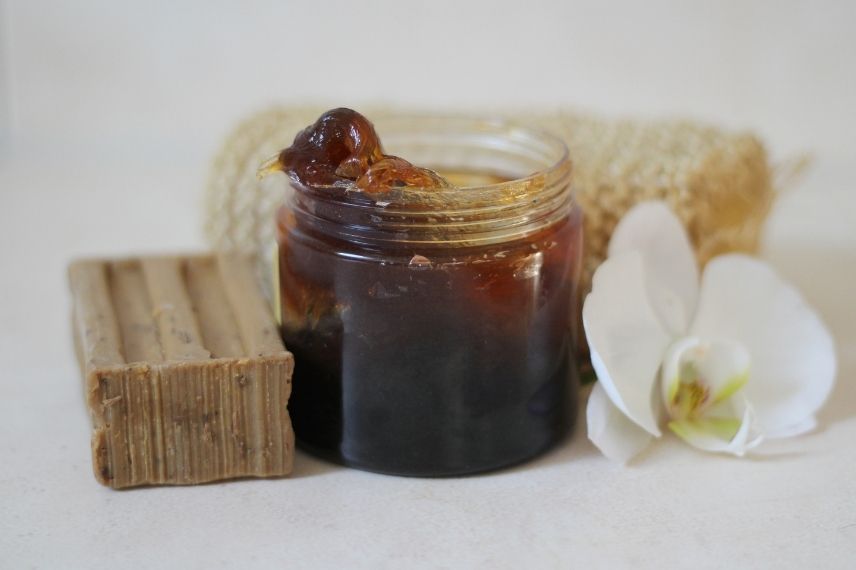
Black soap
Repotting
Japanese cherry trees have a slow growth rate. Moreover, varieties grown in pots tend to maintain a rather modest size as they grow. If you opted for a sufficiently wide and deep container at the time of planting, no repotting should be necessary during the first few years.
Repotting will only be carried out if the bush seems cramped (roots escaping from the bottom of the pot, general weakening, etc.) and it has not yet reached its adult size.
Each year, however, you can practice surface renewal, allowing you to refresh part of the soil. To do this, simply remove the top 5 to 10 centimetres and replace it with fresh potting soil. This surface renewal can be done at the same time as the compost amendment in autumn or at the end of winter before the resumption of growth.
Wintering
Japanese cherry trees have good cold resistance, as they are hardy between -15 and -20°C, depending on the variety.
However, potted specimens are more sensitive to negative temperatures and frost. In regions with harsh winters, do not hesitate to increase the layer of mulch at the base of the bush to insulate it.
You can also opt for additional protection for the aerial parts with a winter cover or a winter wrap. Finally, insulate the container from the ground by placing it on blocks.
- Subscribe!
- Contents
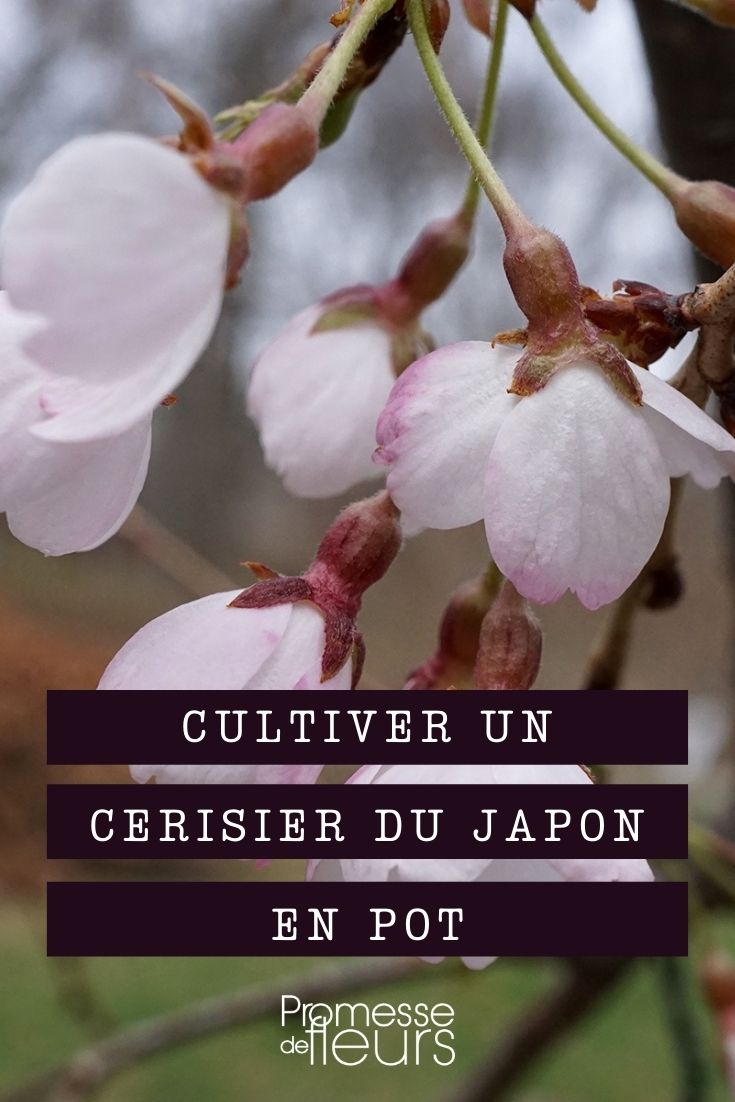































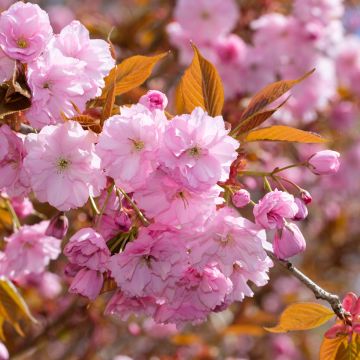
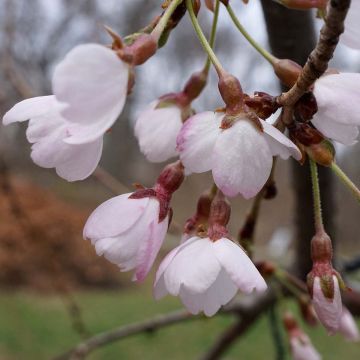
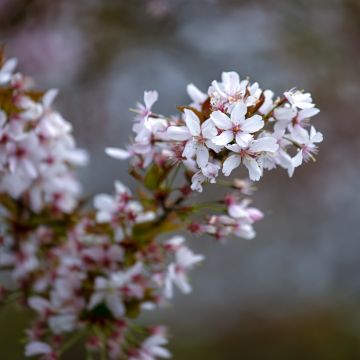
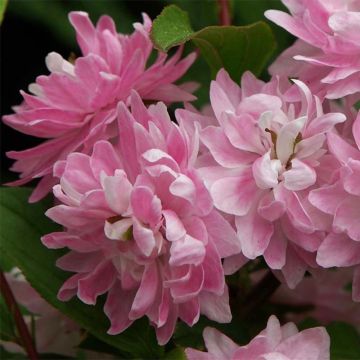
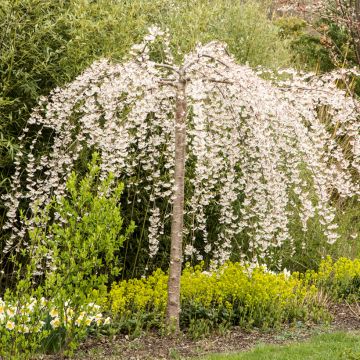
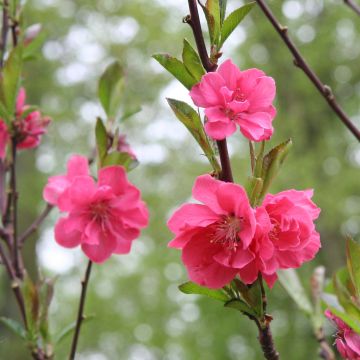
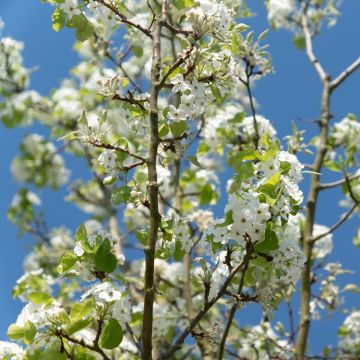
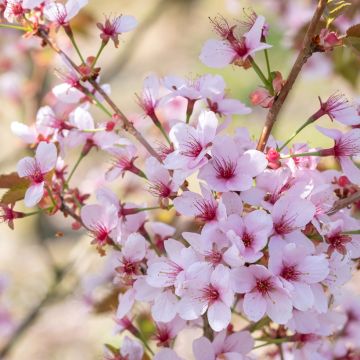
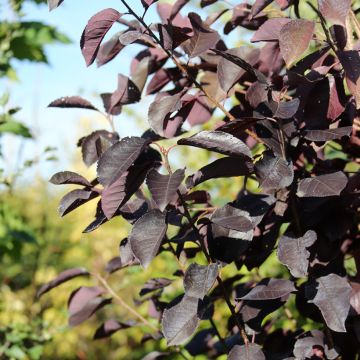
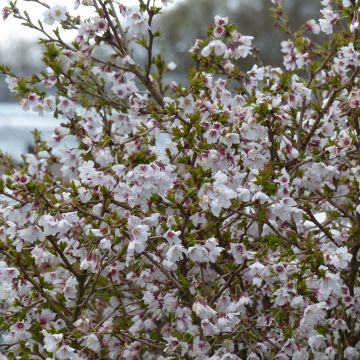
Comments